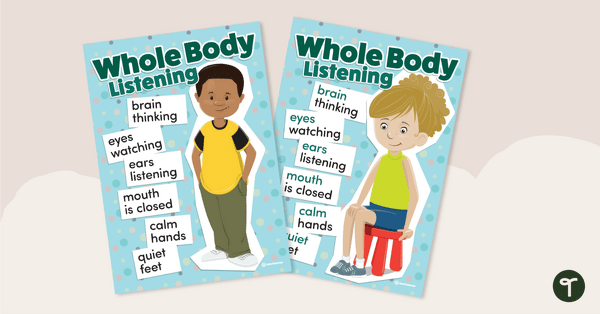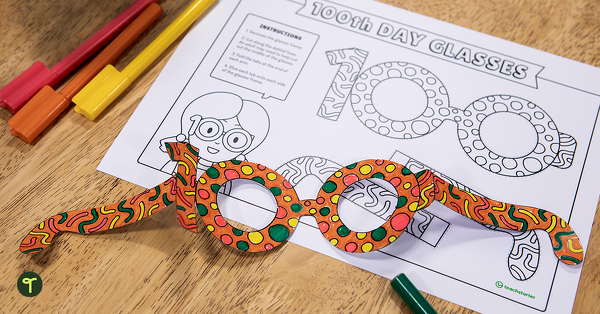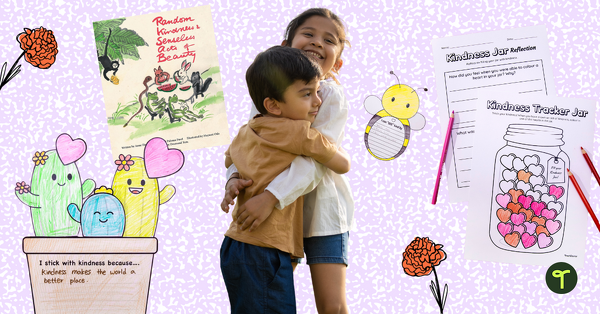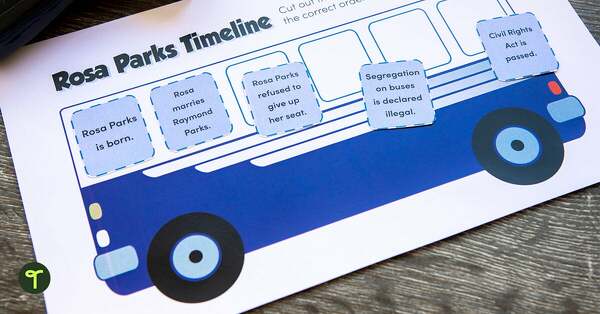Wearing a mask as a teacher when you’re talking all day long and projecting to a classroom full of students can put your voice through the wringer. How do you teach with a mask on without losing your voice or — at the very least — walking away from school every day feeling like you’ve got a frog in your throat?
We talked to the experts for some tips and tricks that will make teaching with a mask a little bit easier this school year, plus found out what the best mask is for teachers and how teachers can get free masks.
Let’s face it — being a teacher already puts you at risk of vocal issues from losing your voice to nodules developing on your vocal cords. Teachers talk. A LOT. And you’re not just talking, you’re trying to talk over a classroom buzzing with activity.
A piece of cloth over the mouth will certainly dampen sound says Ann-Mari Pierotti, MS, CCC-SLP, associate director of clinical issues in speech-language pathology with the美国Speech-Language-Hearing Association.
So can you teach with a mask? Plenty of teachers have done it and are doing it, and with current guidelines from the Centers for Disease Control recommending masks even for fully-vaccinated adults — and many districts mandating them — there are ways to mitigate the challenges masks can pose for teachers.
How to Teach With a Mask On
Do build in quiet time:Whether it’s during lunch or recess or after school, build time into your day when you can be absolutely silent, and stick to it!
不要大声喊叫或shout.There’s a tendency for mask wearers — not just teachers — to overcompensate for the cloth by raising the volume of their voices, Pierotti says. There’s just one problem: It’s not actually making speech clearer.
Do speak precisely.Pronouncing words carefully and even over-emphasizing speech by exaggerating mouth movements will be more effective in ensuring your students understand you and can pick up on the important verbal cues you use throughout the day.
Don’t talk too fast.“If you tend to talk rapidly, slowing down your rate and pausing for breaths helps improve speech clarity and your breath provides power for the voice,” Pierotti advises.
Do seat children strategically.“Make sure children who are deaf or hard of hearing are seated in an appropriate spot to optimize their ability to access the curriculum and your instruction,” Pierotti says. (Check out theseclassroom seating arrangementsfor ideas!)
Do face the class when talking.Simply facing your students means sound doesn’t have to travel around your body when you’re facing the whiteboard, and this can help your kids hear you better.
Don’t battle the noise.When possible, reduce competing noise in the classroom as much as possible, Pierotti says. “Again, this will help students hear you better—reducing your need to shout or repeat,” she notes. Teaching students listening skills can be a big help here.

teaching resourceWhole Body Listening PostersA set of posters highlighting the characteristics of a good listener. 
teaching resourceI Can Listen PosterA poster to scaffold appropriate behavior for students when listening in class. |
Do supplement your speech.Write instructions out on your whiteboard, use hand gestures, and body language. Your voice isn’t your only communication tool!
Don’t forget good vocal hygiene.Drinking water (and lots of it), limiting alcohol, and avoiding smoking can all help keep your voice strong.
Do use a microphone.If you can, using a microphone or voice amplifier will reduce the need to raise your voice, Pierotti says, and it will help everyone in the learning environment.
Don’t ignore your body.“It’s important to seek help for persistent voice discomfort, hoarseness, or other problems,” Pierotti says. “Speech-language pathologists (SLPs) can help with voice evaluation and treatment,” Pierotti recommends calling an SLP or laryngologist if you’ve experienced hoarseness or other vocal issues for more than two weeks. “The longer a problem goes on, the worse it can get,” she notes.
What Is the Best face Mask for Teachers?
So what is the best face mask for teachers? Pierotti says you really don’t want to grab any old mask. It’s worth investing in ones that fit you well! “Your mask should have a good seal and allow you to breathe easily,” Pierotti says. “You don’t want a mask that makes it more difficult to take deep breaths or that hurts your jaw.”
The CDC is currentlyrecommendingN95 and KN95 masks in particular, and they offer a guide on how tomake sure your mask fits just rightthat might come in handy. Whichever mask you buy, you will want to make sure they’re marked as approved by the FDA.
How to Get Free Masks as a Teacher
Athough many organizations handed out free masks to teachers early on in the pandemic, those supplies have largely dried up. Now with the CDC’s recommendations that all Americans wear higher grade N95 or KN95 masks, there are new options. Here are some places teachers can check for free masks:
- Pharmacies – Most participating in theFederal Retail Pharmacy Programhave free masks available.
- Your local library — Libraries from Maryland’s安妮阿伦德尔县to Colorado’sWestern Slopehave become masks distribution centers.
- The grocery store – Stores likePublix, H-E-B, and Hannaford have all signed on to help distribute free masks.





